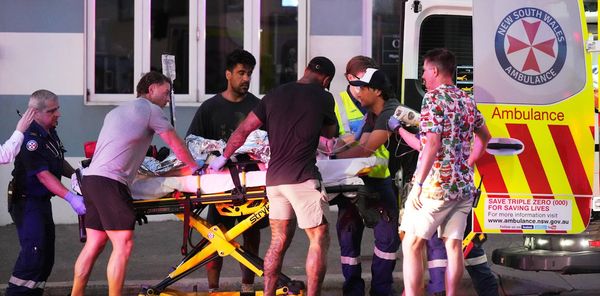In a new Siena College poll, a full 61% of New Yorkers said that they were worried about personally being a crime victim and half worry about safety in public spaces. The fact that they’re doing so in the safest big city in the nation by almost every conceivable metric is a failure on a lot of fronts.
We can’t minimize the impact of crime on those who are harmed by it, and in a city the size of ours, every day will feature horrors that can be splashed across the headlines and seized on by opportunistic political figures, even if the likelihood that of them afflicting any one New Yorker remains vanishingly low. Spikes in certain categories of violent crime over the past few years were concerning, and responses to deal with it had merit. Safety is, as is often said, a prerequisite to other aspects of civic life.
Yet now violent crimes are largely down, and they were still near historic lows to begin with. There are costs to the overrepresentation of looming crime in the public imagination, too; not just the emotional toll of a persistent fear but the political and policy toll of a constant focus on solutions to a problem that isn’t as acute as many imagine.
The lurid obsession with the threat of being mugged or shot by random strangers obscures, for example, the far more common occurrence of intimate partner assaults or cycles of retaliatory violence among people who know each other. More broadly, it emphasizes the conspicuous end points of some of our social and civic failures and puts our attention on fixing those, rather than anything upstream.
Case in point, with the ever-growing realization that Rikers Island cannot be effectively managed by the city to be made a safe place, let alone a rehabilitative one. If a public obsession with the specter of crime makes us more likely to send people to this ungovernable gulag, then are we really working in service to safety, or adding to the problem?







